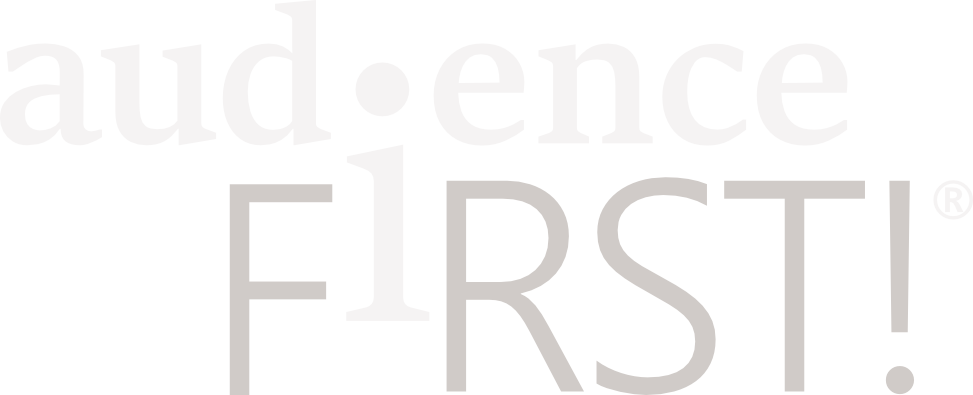EN | DE
Scientific Storytelling Canvas
Structure is key to clarity.
the
setting
Nowadays, it is no longer enough to have a brilliant idea or compelling data and hope that the target audience will recognize its value on its own.
If you want to be noticed and understood by your target audience, you must communicate your content in a clear and effective manner.
the
problem
In their daily work, scientists, engineers and technicians communicate in a fact- and data-oriented manner to exchange information quickly and efficiently. They use many technical terms to do so.
But this type of communication can be confusing for non-specialists, such as laypeople and investors. A different communication approach is needed here.
the
solution
The basic structure of a story is an ideal way to communicate scientific, medical or technical ideas, content and data clearly and effectively.
Using the Scientific Storytelling Canvas, all the elements necessary for the story can be gathered and placed in the right order.
the
benefit
Scientific storytelling makes your communication easy to understand and helps your target audience see the value of your ideas, content, and data.
The Scientific Storytelling Canvas is a proven tool that allows you to develop story concepts for various use cases quickly and in a targeted manner.
The Scientific Storytelling Canvas was designed specifically for communicating scientific, medical, or technical content, ideas, and data. It is tailored to the needs of scientists, engineers, technicians, and entrepreneurs.
The Scientific Storytelling Canvas is ideal for:
Rights of use for the Scientific Storytelling Canvas
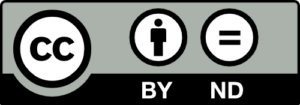
The Scientific Storytelling Canvas is published under a Creative Commons license.
You are free to copy and use it, whether for your own projects or to help others.
If you share it or use it in coaching, consulting, or training, please ensure that you credit the copyright correctly.
No changes to the Scientific Storytelling Canvas are permitted.
If you have any comments, suggestions for improvement, or questions, please contact us.
More information about the license can be found here.

Scientific Storytelling Canvas –
PDF version
Do you enjoy creating digital concepts or would you like to collaborate with others on a scientific story online? If so, download the PDF version of the Scientific Storytelling Canvas here for free.
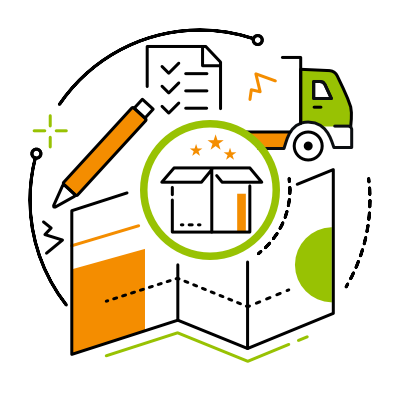
Scientific Storytelling Canvas –
print version
Whenever it comes to creativity, do you prefer to work in the traditional way with pen and paper? If so, order the Scientific Storytelling Canvas, which is printed on high-quality paper. The printed version includes additional fields to provide you with even more support during the concept development phase.
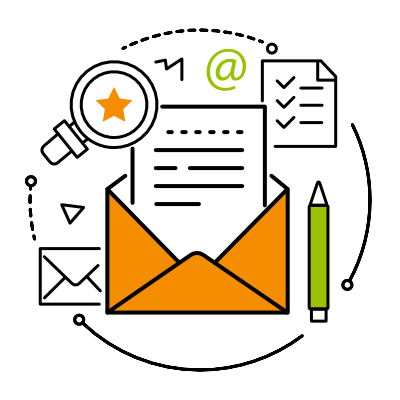
audience FiRST! NEWSLETTER
If you would like to receive regular updates and ideas about the canvas and scientific storytelling, please subscribe to our audience FiRST! NEWSLETTER. Unfortunately, the newsletter is currently only available in German.
How do you use the Scientific Storytelling Canvas?
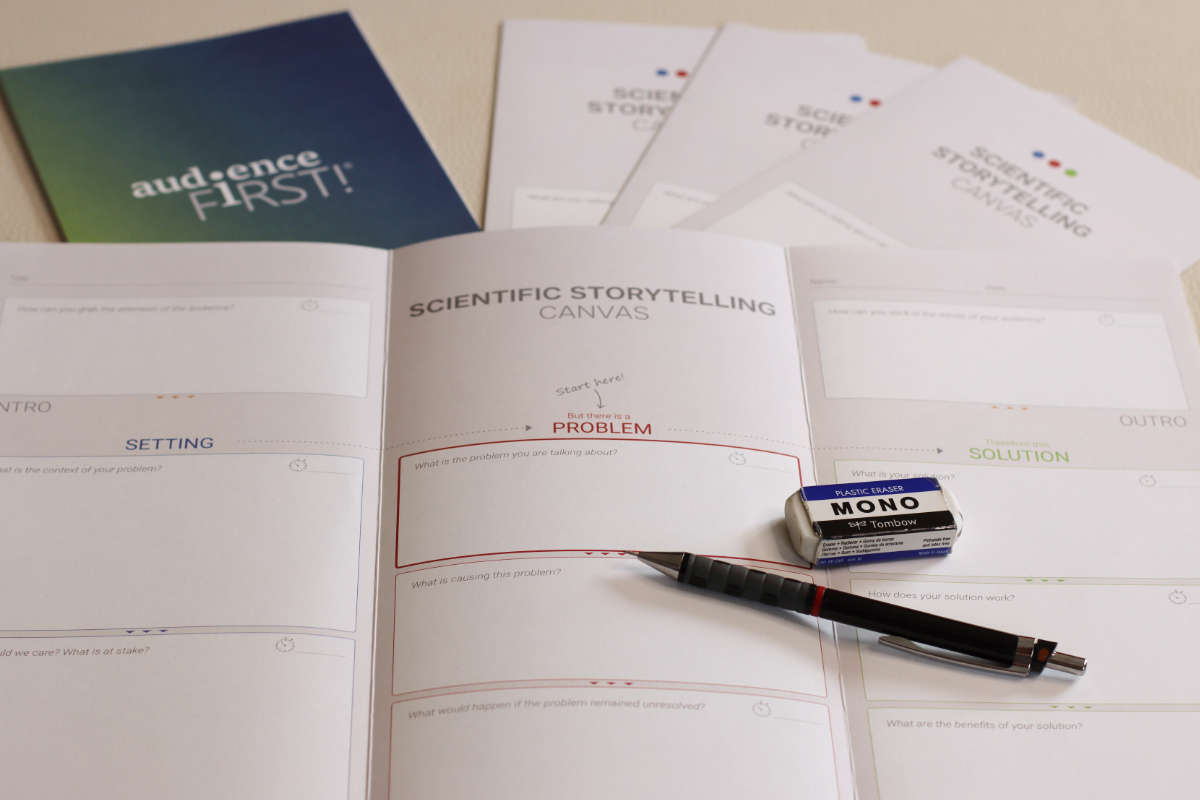
Layout of the canvas
Every story follows a fixed, linear sequence known as the story arc. Most stories can be divided into three parts: First, the initial situation (setting) is described. Next, a central conflict or problem arises within this context. Finally, the problem is solved. Despite its simplicity, this structure forms the basis for almost all novels, films, plays, jokes, gossip, and the transfer of knowledge. Therefore, the Scientific Storytelling Canvas is divided into three columns. The initial situation is on the left, the problem is in the middle, and the solution is on the right.
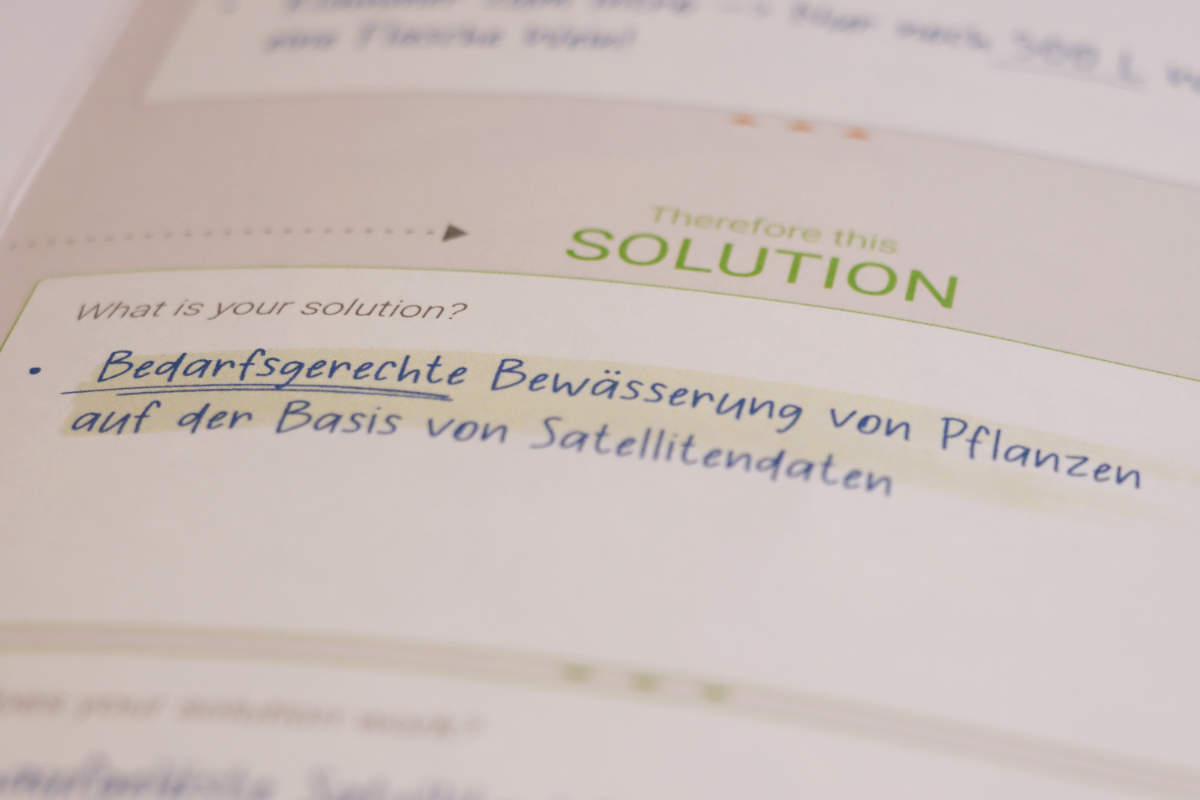
Blanks on the canvas
Each box on the canvas represents an element that should be included in your story. The guiding question in each box will help you formulate the corresponding story element. How much detail you put in your answers depends on how much time or space you have in your overall idea. It could be half a sentence or an entire chapter. You don’t have to fill in all the fields, apart from the three basic elements of context, problem, and solution. In most cases, however, it is advisable to do so, even if the information is very brief.
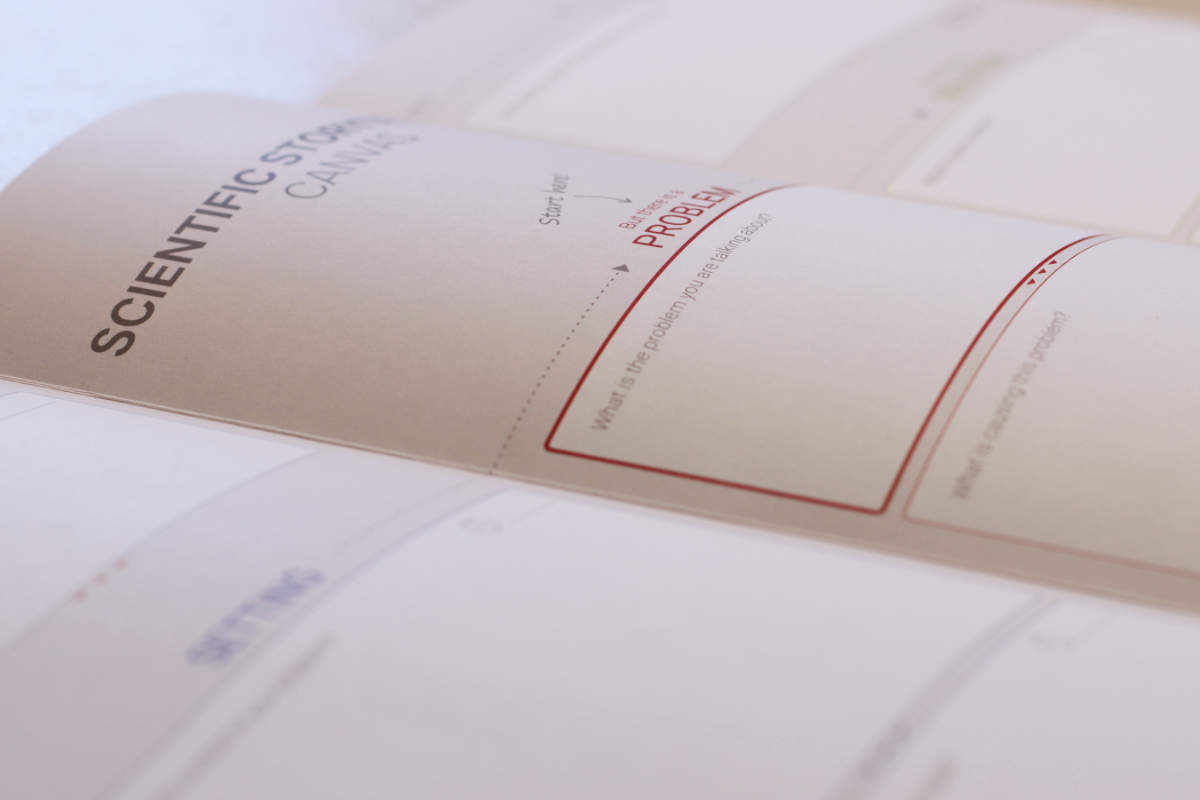
Framework
Finding a structure for your content is a creative process. Don’t force yourself to work from start to finish in a linear way. Instead, trust your intuition and work on the elements you can think of right now. The canvas provides a framework to help you consider all the necessary elements of your story and arrange them in the correct order.
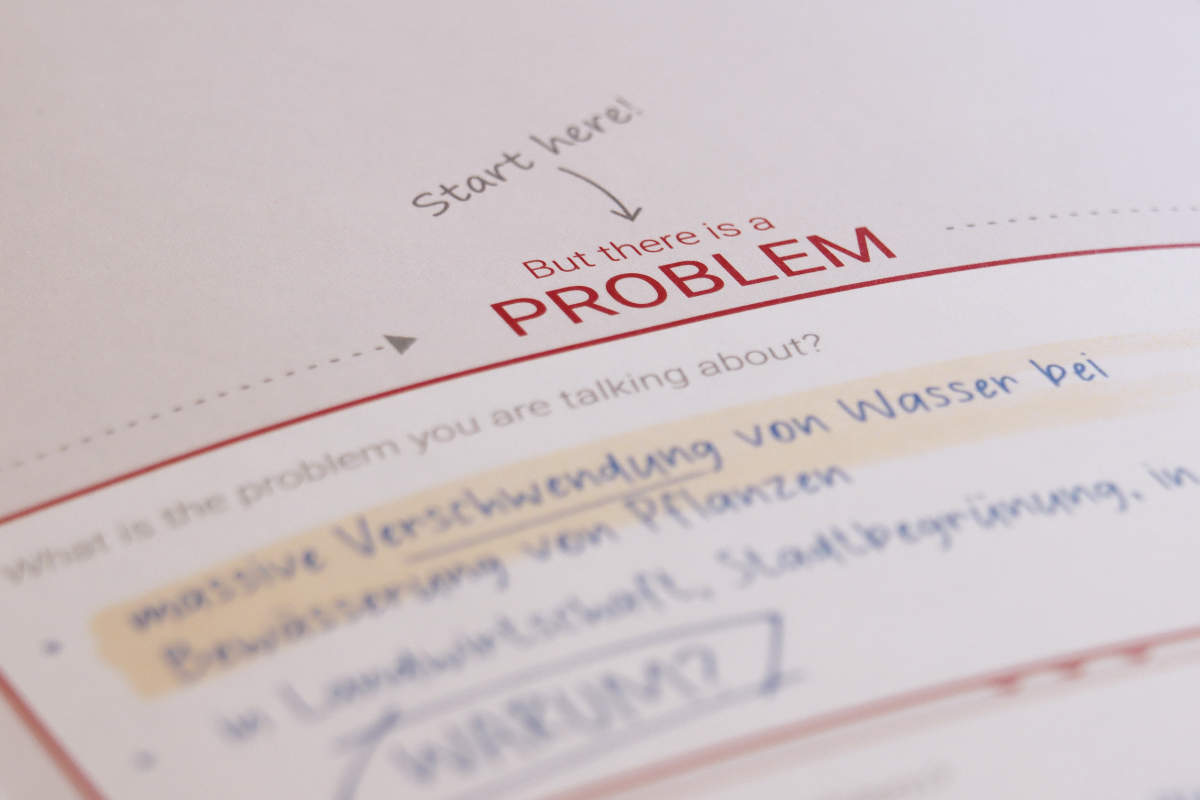
Procedure
The best place to start is with the central problem that drives your story. From there, you can work in any direction you wish. You could explain the context, examine the central problem in depth, or describe the solution. We recommend writing the intro and outro (the short sections before and after the main part of the story) last, once you have the structure of your story in place.
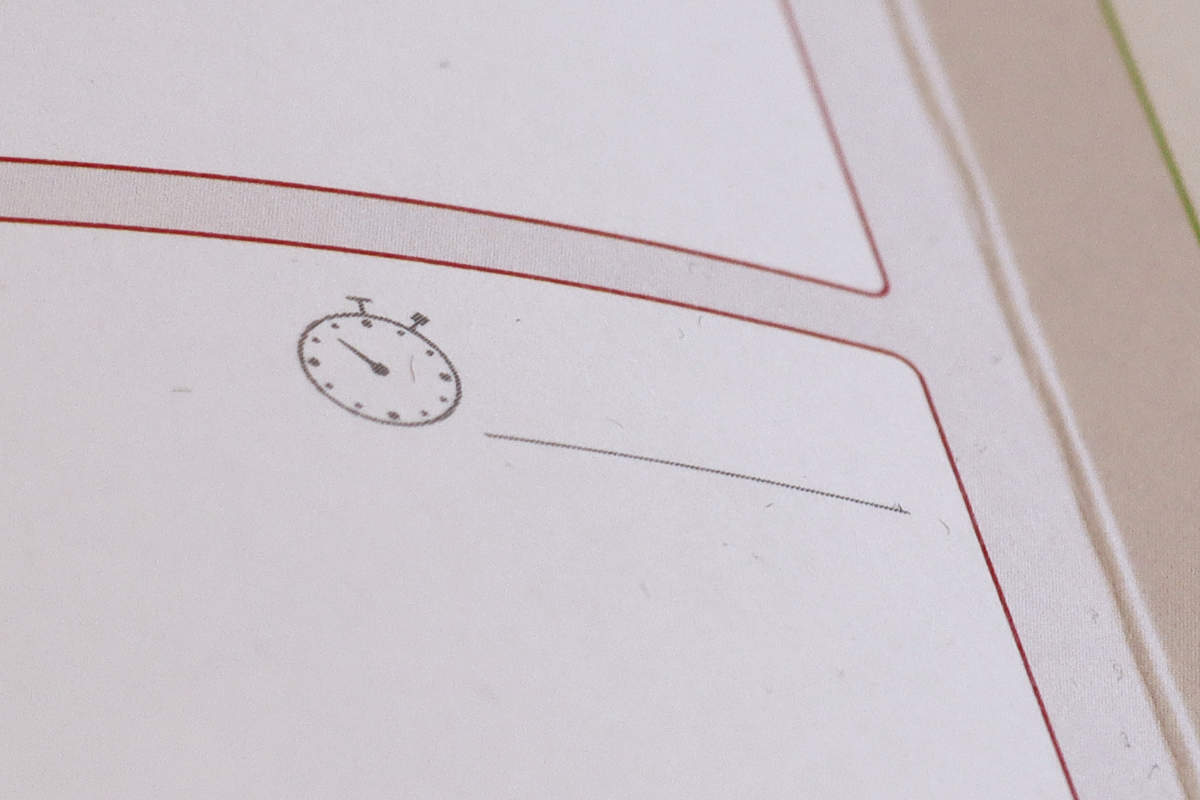
Stopwatch icon
When planning a presentation or speech, use the stopwatch icon to indicate how much time you wish to allocate to each element. Strategically divide the total time available among all elements. This will help you keep track of everything and give you an idea of how much you can say about each element. Tip: Allocate only 80 per cent of your total time, as speeches usually take longer than planned. If you are creating a document outline, use the word count instead of the time.
